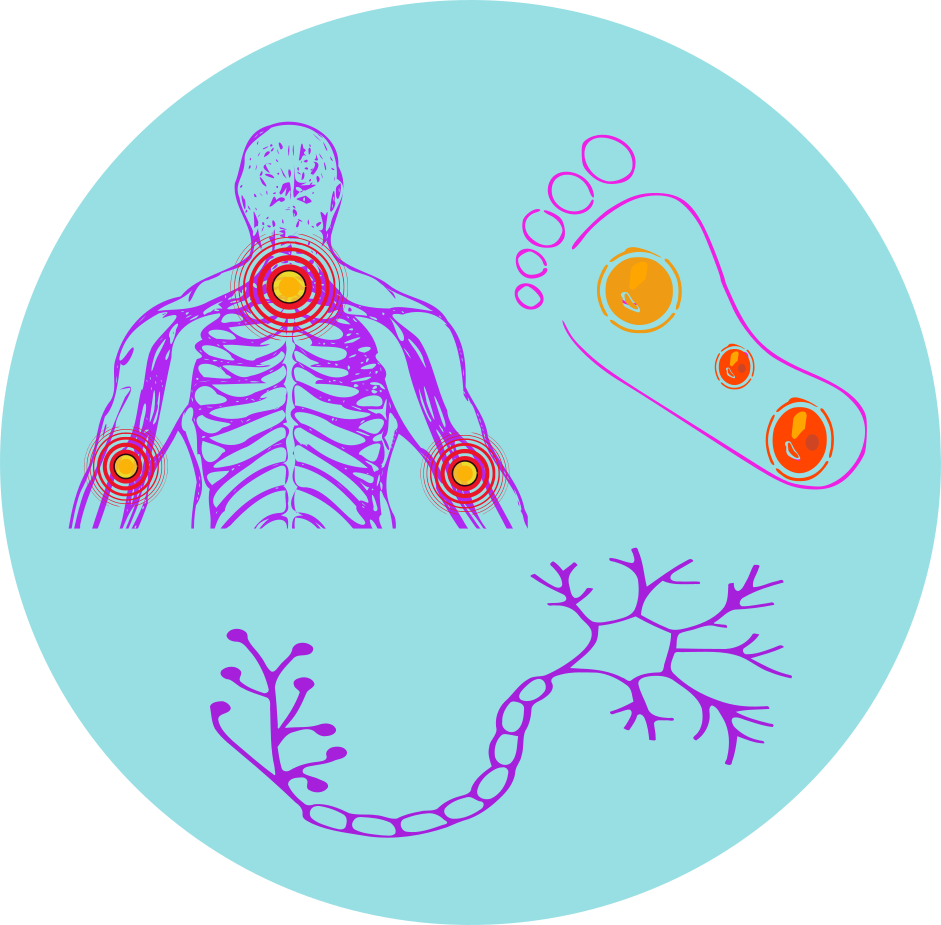| Name | Epalrestat |
| Classes |
Antidiabetic Agent Metabolic Agent |
| Diseases |
Hormonal Disorder |
Epalrestat
Epalrestat is classified as an aldose reductase inhibitor. Epalrestat acts by inhibiting the enzyme aldose reductase, which plays a role in the polyol pathway. By inhibiting this enzyme, Epalrestat reduces the conversion of glucose to sorbitol, which is implicated in various complications associated with diabetes, particularly diabetic neuropathy.
Epalrestat is indicated for the treatment of diabetic neuropathy, a condition characterized by nerve damage in individuals with diabetes.
The usual dosage is 50 mg three times a day.
Common side effects of Epalrestat include-
- Gastrointestinal disturbances (e.g., nausea, vomiting, abdominal pain)
- Elevated liver enzymes
- Skin rash or itching
- Liver Function: Regular monitoring of liver function is advised during Epalrestat therapy due to the potential for elevated liver enzymes.
- Hypersensitivity: In case of hypersensitivity reactions, discontinue Epalrestat immediately and institute appropriate medical treatment.
- Blood Glucose Levels: Monitor blood glucose levels regularly, especially in diabetic patients, as Epalrestat may impact glucose metabolism.
- Pregnancy and Lactation: Safety during pregnancy and lactation has not been established. Use Epalrestat with caution in pregnant or breastfeeding individuals.
- Renal Function: Use caution in patients with impaired renal function, and adjust dosage as necessary.
Contraindication
Epalrestat is contraindicated in individuals with known hypersensitivity to the drug or its components.
None known.
None known.
 Bangla
Bangla English
English


